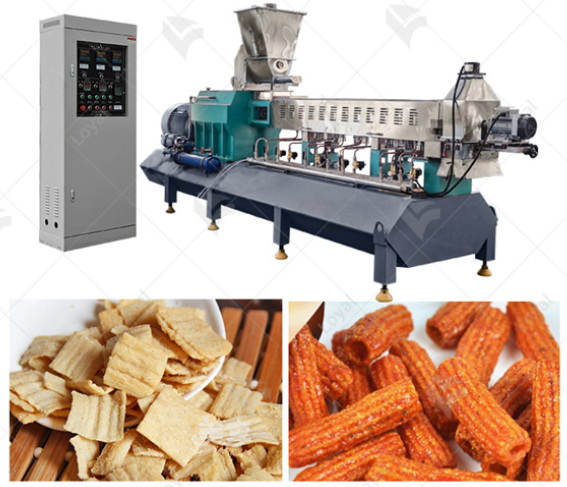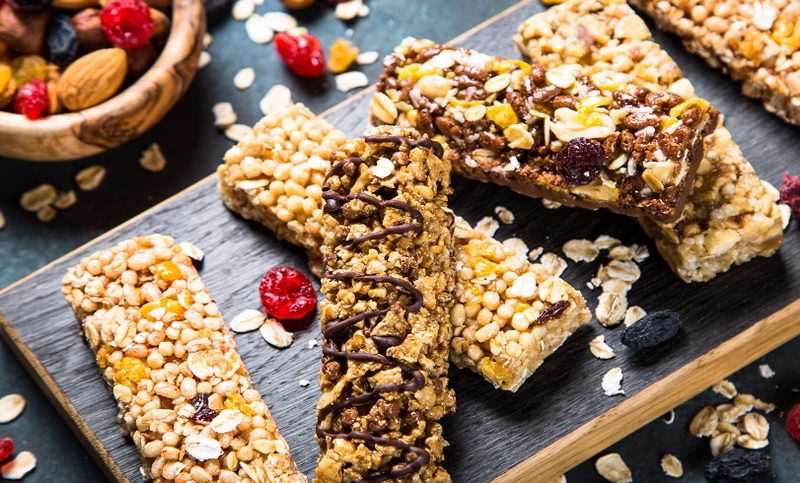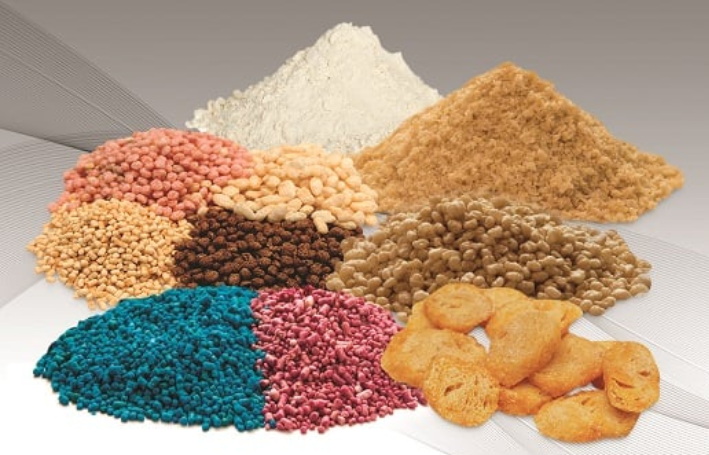Content Menu
● Introduction
● What is Extrusion Technology?
>> Cold Extrusion
>> Hot Extrusion
● The Impact of Extrusion on Food Quality
>> Nutritional Value
>> Safety
>> Sensory Characteristics
● Applications of Extrusion in Food Production
>> Snack Foods
>> Breakfast Cereals
>> Pasta Production
>> Pet Foods
● Challenges in Extrusion Technology
● Future Trends in Extrusion Technology
● Conclusion
● FAQ
>> 1. What types of foods are commonly produced using extrusion technology?
>> 2. How does extrusion affect the nutritional value of food?
>> 3. Is extruded food safe to eat?
>> 4. Can all ingredients be extruded?
>> 5. What are some future trends in extrusion technology?
Introduction
Extrusion technology has revolutionized the food industry, providing innovative methods for processing a wide range of food products. This method involves forcing food materials through a die to create specific shapes, textures, and flavors. The impact of extrusion on food quality is profound, affecting nutritional value, safety, shelf life, and sensory characteristics. This article will explore the various ways extrusion technology influences the quality of food products, supported by images and videos that illustrate these processes.

What is Extrusion Technology?
Extrusion is a continuous process where raw materials are mixed, heated, and forced through a die to form various shapes. This technology is widely used in the production of snacks, breakfast cereals, pasta, and pet foods. The process can be categorized into two main types: cold extrusion and hot extrusion.
Cold Extrusion
Cold extrusion involves the use of low temperatures to shape the food materials without cooking them. This method is often used for products that require minimal heat treatment and helps preserve sensitive nutrients.
Hot Extrusion
Hot extrusion applies heat during the process, which cooks the food materials as they are shaped. This method enhances the digestibility of certain ingredients and improves the overall texture of the final product.
The Impact of Extrusion on Food Quality
Nutritional Value
Extrusion can significantly alter the nutritional profile of food products. The high temperatures and shear forces involved in hot extrusion can lead to:
- Increased Digestibility: The cooking process breaks down complex carbohydrates and proteins, making them easier for the body to absorb.
- Nutrient Retention: While some vitamins may degrade during extrusion, others can become more bioavailable due to the breakdown of cell walls in plant materials.
- Fortification Opportunities: Extrusion allows for the incorporation of fortifying agents such as vitamins and minerals directly into the product.
Safety
Extrusion technology enhances food safety by:
- Pathogen Reduction: The high temperatures used in hot extrusion effectively kill harmful bacteria and pathogens, reducing the risk of foodborne illnesses.
- Shelf Stability: Extruded products often have extended shelf lives due to lower moisture content and reduced microbial activity.
Sensory Characteristics
The sensory qualities of extruded foods—such as taste, texture, and aroma—are critical for consumer acceptance. Extrusion impacts these characteristics in several ways:
- Texture Modification: The process can create a variety of textures, from crunchy snacks to soft pastas, depending on the formulation and processing conditions.
- Flavor Development: Heat generated during extrusion can enhance or develop flavors through Maillard reactions and caramelization.
- Color Changes: Extrusion can also affect the color of food products, often resulting in more appealing visuals that attract consumers.

Applications of Extrusion in Food Production
Extrusion technology is versatile and finds applications across various segments of the food industry:
Snack Foods
Extruded snacks are popular due to their unique shapes and textures. The ability to incorporate different flavors and seasonings during production allows for a wide variety of products.
Breakfast Cereals
Extruded breakfast cereals benefit from improved crunchiness and flavor retention. The process also allows for fortification with essential nutrients.
Pasta Production
Extrusion has transformed pasta production by enabling continuous processing and uniform cooking. This results in consistent quality and reduced cooking times for consumers.
Pet Foods
The pet food industry utilizes extrusion to create highly digestible kibbles that meet nutritional needs while ensuring safety through pathogen reduction.
Challenges in Extrusion Technology
Despite its many benefits, extrusion technology also poses challenges that can affect food quality:
- Ingredient Selection: Not all ingredients respond well to extrusion; careful selection is essential to achieve desired outcomes.
- Process Control: Variations in temperature, moisture content, and feed rates can lead to inconsistent product quality.
- Energy Consumption: The energy-intensive nature of extrusion processes raises concerns about sustainability and production costs.
Future Trends in Extrusion Technology
As consumer preferences evolve towards healthier options, extrusion technology will continue to adapt. Future trends may include:
- Plant-Based Products: Increased demand for plant-based foods will drive innovation in extruding alternative protein sources.
- Sustainable Practices: Efforts to reduce energy consumption and waste during extrusion will become more prominent as sustainability becomes a priority.
- Smart Extrusion Systems: Integration of advanced technologies such as IoT (Internet of Things) will enhance monitoring and control over extrusion processes.
Conclusion
Extrusion technology plays a crucial role in shaping the quality of food products across various sectors. Its ability to enhance nutritional value, ensure safety, modify sensory characteristics, and adapt to consumer demands makes it an invaluable tool in modern food production. As technology continues to evolve, we can expect further innovations that will enhance both product quality and sustainability in the food industry.

FAQ
1. What types of foods are commonly produced using extrusion technology?
Extrusion technology is commonly used for producing snack foods, breakfast cereals, pasta, pet foods, and even some meat substitutes.
2. How does extrusion affect the nutritional value of food?
Extrusion can increase digestibility by breaking down complex nutrients while also allowing for fortification with vitamins and minerals. However, some sensitive vitamins may be reduced due to heat exposure.
3. Is extruded food safe to eat?
Yes, extruded foods are generally safe as the high temperatures used during processing kill harmful pathogens. Additionally, lower moisture content helps prevent spoilage.
4. Can all ingredients be extruded?
Not all ingredients are suitable for extrusion; careful selection is necessary as some may not respond well to the high temperatures or shear forces involved in the process.
5. What are some future trends in extrusion technology?
Future trends include a focus on plant-based products, sustainable practices aimed at reducing energy consumption, and smart systems integrating IoT for better monitoring during production.






















